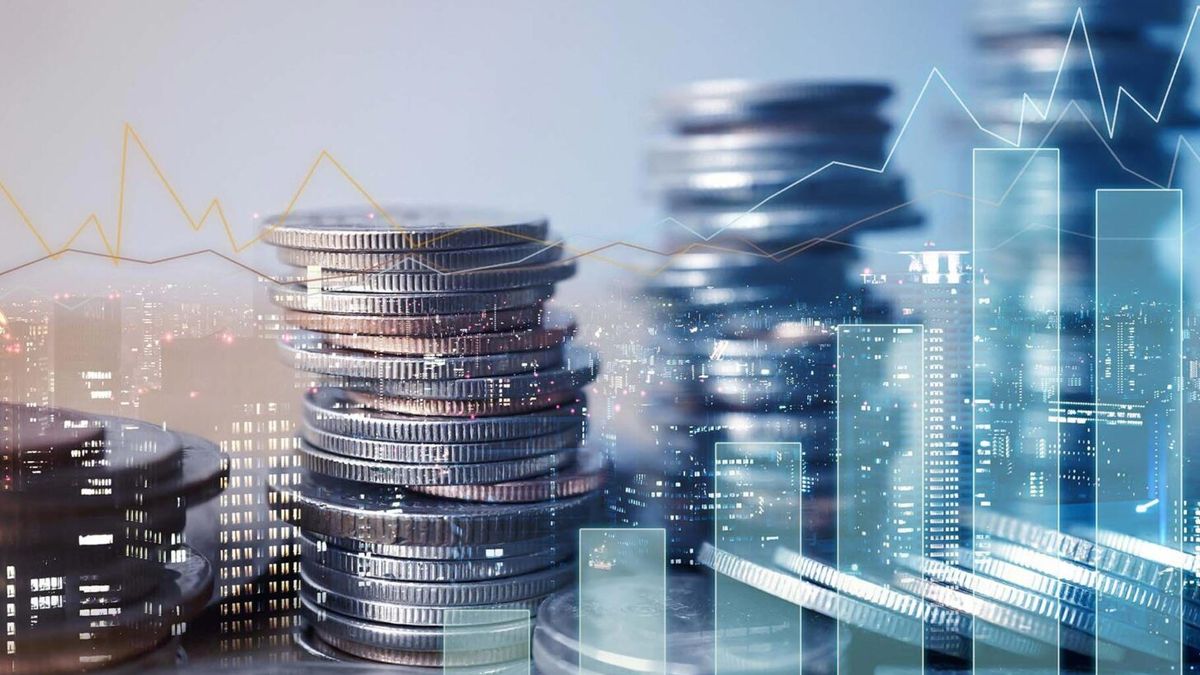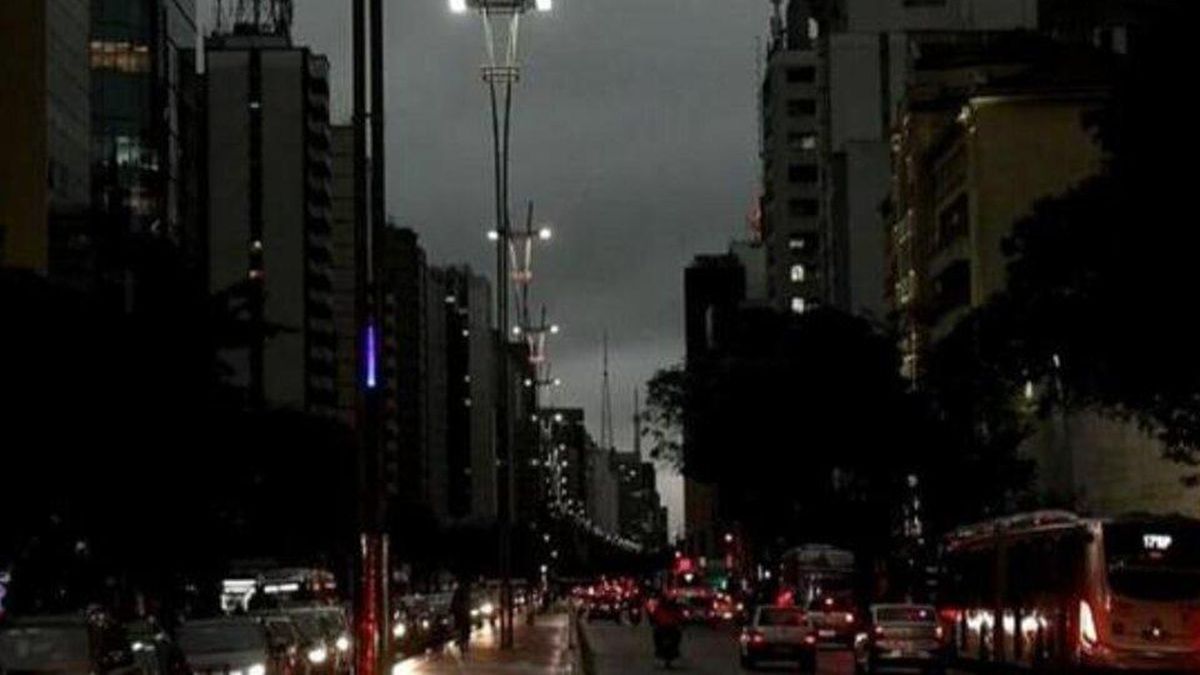From May, the market sees a correction in local assetsBoth fixed and variable income have trimmed gains since then, with some days better than others. However, for analysts, it is essential to consider the full picture and take into account the rally that hard currency securities have experienced since December 2023 and stocks since 2022.
For the construction of portfolios, at the start of the new monetary regime, it is essential, in the face of these events, analyze the situation with perspectiveAnalysts estimate that the market is responding positively to the change in the economic and political direction. However, Now it is demanding concrete results from the Government, not only in fiscal terms, but also in relation to the recovery of the level of activity and the possible end of the restrictions.
First of all, The City does not anticipate that the “hard dollar” curve will trade above US$60 without an exit from the currency controlsbut maintains a constructive view on Argentine assets, observing a better risk/reward ratio in fixed income compared to variable incomeHowever, as always, it is important to have diversified portfolios to mitigate the volatility inherent to a country with a particular dynamic.
And the hard dollar debt has accumulated an average fall of 8% so far this month and this year. 14% from May 15 to date, Well, the market’s concern remains the dynamics of the Central Bank’s (BCRA) reserves, that The reality of the Government is brought down to earth, despite the words of President Javier Milei, who said that they are going to pay “one way or the other“in the event of not being able to refinance the capital of the maturities scheduled for 2025 and that already has a Repo prepared as an alternative.
Fixed-income strategy under the scrutiny of analysts
Juan Jose Vazquezhead of analysis at Cohen Allies Investorsanalyzes in dialogue with Ambit It is true that there may be volatility in the short term because the dynamics of reserves, at least in the coming months, “It’s not going to be good”.
He believes that the possibility that the collection of money laundering from the externalization of assets abroad compensates for part of the fall in reserves is “uncertain.” However, for Vázquez, “The risk/return equation is attractive, given the parity of the bonds and with the prospect of payment in January 2025, Therefore, it is “more interesting in the short term, mainly, for the Bonar 2030 (AL30) and Global 2030 (GD30)”.
A more or less risky profile
This analysis coincides with that of Matteo Reschinihead of Research at Inviu, who shares with this medium that, in order to obtain good rates of return, it is necessary to take a higher risk profile, “which, in this case, he prefers to assume in the sovereign segment.”
Within that segment, for lower risk, Reschini considers bonds such as the AL30 or the GD30, which are currently also paying a significant portion of the capital, plus a coupon of u$s8, which allows you to recover some of the money invested.
However, for a more aggressive profile, he confesses that He is attracted by low-parity and longer-dated bonds, such as the GD35 and GD41“They are long and have greater potential, in my opinion. And because of the lower parity, the Global 2035, for example, will start to amortize later, which reduces the reinvestment risk,” he explains.
And, on the other hand, he adds that, “In case the situation improves and it is necessary to reinvest the coupons at a lower ratethis type of bond offers an advantage because it has less reinvestment risk.”
Provincial and corporate bonds
For Cohen’s Vázquez, meanwhile, corporate bonds They are a very good option, especially for more conservative investors.. He analyzes that they had an appreciation in recent months, which results in that “There are no longer good credits yielding double digits”.
However, he explains that some of them, such as Telecom 2025/26, YPF guaranteed 2031, TGS/2031 and PAMPA/2029, offer yields above 8% and “are good alternatives for building a medium-term portfolio.”
Gustavo Neffapartner of Research for Tradersfor its part, shared the complete fixed-income strategy with this medium, which includes corporate and provincial bonds that are also recommended to be added to the portfolio, apart, of course, from the Global and Bonars, which the analyst closely follows.
Improvements in provincial dollar bonds open a new menu for investors of up to 13%
To start with, the city does not anticipate that the “hard dollar” curve will trade above US$60 without an end to the currency controls.
The portfolio that Neffa devises It is made up of the following assets and details the percentage of performance that each instrument has:
Dollar bonds
- Bopreales series III 2026 3% (BPY26/BPY6d)
- Global 4.25% 2038 (GD38/GD38d)
- Bonar 4.25% 2038 (AE38/AE38d)
Bonds in pesos
- Lecaps at zero coupon discount 28-Feb-25 (S28F5)
- Boncer 4% 2025 (TC25)
- Boncer 4.25% 2025 (T2X5)
- Boncer Zero coupon December 15, 2025 (TZXD5)
Provincial bonds
- City of Buenos Aires 7.5% 2027 (OTC market)
- Province of Santa Fe 6.9% 2027 (OTC market)
- Province of Chubut 7.75% 2030 (with oil royalties, OTC market)
- Province of Neuquen 5.0% 2030 (with oil royalties, OTC market)
- In pesos: City of Buenos Aires at badlar rate 2028 (BDC28)
- In pesos: Province of Buenos Aires at badlar rate +375 bps 2025 (PBA25)
Corporate bonds by sector
Oil and gas sector:
- YPF 8.50% 2025 (YCA6o)
- YPF 9% 2026 (YMCHo)
- YPF 7% 2033 (YMCJo)
- Pan American Energy 9.12% 2027 (PNDCo)
- CGC 9.5% 2025 (C7o)
Energy sector:
- Pampa Energy – 7.5% 2027 (MGC1o)
- Genneia – 8.75% 2027 (CNGXo)
- Edenor– 9.75% 2024 (DNC2o)
Real estate and construction sector:
Telecommunications sector:
- Telecom Argentina- 8.5% 2025 (TLC5o)
Infrastructure sector:
- Airports Argentina 2000- 8.5% 2031 (ARC1o)
Food sector:
- Arcor – 8.25% 2037 (RCJO)
Thus, although the market is uncertain and volatile, analysts continue to see opportunities in Argentine fixed income and a diversified strategy that remains key to managing risk in an unstable economic environment.
Source: Ambito
I am a 24-year-old writer and journalist who has been working in the news industry for the past two years. I write primarily about market news, so if you’re looking for insights into what’s going on in the stock market or economic indicators, you’ve come to the right place. I also dabble in writing articles on lifestyle trends and pop culture news.




